In just under 15 years, NanoTemper Technologies has developed from a spin-off from Ludwig-Maximilians-Universität (LMU) into an internationally successful manufacturer of innovative measurement technology devices. From the outset, 1zu1 has been part of this impressive growth as a supplier and development partner. Over the years, the technology professionals based in Dornbirn have contributed many high-quality plastic components for use in NanoTemper’s elegant devices.
Their latest collaboration involved a housing for the second generation of the Monolith bond analyzer, a product whose market launch in 2010 laid the foundation for NanoTemper’s success. After more than ten years, the time was ripe to give the Monolith a fresh new look – which is where the vacuum casting experts at 1zu1 came in. They contributed two precisely fitting, elaborately painted high-gloss elements to the bond analyzer’s visually striking successor.
1zu1 project manager Lina Ellensohn and device developer Gottfried Brem from NanoTemper Technologies provided some insights into the development process.

What was the development process for the new housing?
Gottfried Brem: The path from a cardboard box containing measurement technology to a series-ready product takes around two years. We assemble, test, validate, and distribute our products ourselves. That’s why we strive to keep our processes as lean as possible. At the same time, we place great emphasis on usability and customer satisfaction. So it’s also about the look and feel. As with the predecessor model, the Munich-based development and design office OXXID provided the industrial design. We then put this into practice.
Why did you choose vacuum casting as the manufacturing process?
Gottfried Brem: I had vacuum casting at 1zu1 in mind from the very beginning. Injection molding is somewhat more precise, but far more expensive due to the mold production. I was already aware of the advantages and limitations of the process from previous projects. So we were able to use this to our advantage. For example, in some places it’s okay if a two-centimeter gap is actually 2.1 or 1.9 centimeters deep, but in other places it must fit precisely. 1zu1 has the know-how and experience to exploit these opportunities perfectly.
Lina Ellensohn: The shape, size and the limited quantity of only a few thousand clearly lend themselves to vacuum casting. The two elements measure about 40 centimeters. Components like these with high quality standards are our absolute specialty.
When did 1zu1 become involved in the development process?
Gottfried Brem: Fortunately, very early on. In the case of undercuts, this enabled us to clarify what was structurally feasible during the design process to ensure optimum results. This intensive dialog with the manufacturing specialists at 1zu1 is extremely valuable and helps us avoid nasty surprises later on.
How did 1zu1 implement the requirements in practical terms?
Lina Ellensohn: The starting point is always 3D-printed components. The SLS prototypes we used to test the design were followed by high-precision STL prototypes as master models for the silicone molds. Together with NanoTemper, our manufacturing professionals fine-tuned these for series production in vacuum casting. For example, they adjusted the surface quality, the accuracy of fit, and the positioning of the bushings for the screws. We then pour the two components into the final silicone mold. They are then sanded, finished, and painted.
Were there any particular problems or challenges?
Gottfried Brem: The housing itself can influence the optical measurement. It must be as lightproof and airtight as possible and meet certain safety requirements due to the laser. The 3D-printed parts are a bit more accurate than the series parts, so we had to avoid this potential pitfall during testing and allow for this slight lack of precision. The front part is fitted to a very precisely manufactured glass front. The highest quality is required to ensure a perfect fit. 1zu1 is the perfect partner for this.
Lina Ellensohn: The biggest challenge was the smooth surface. The Monolith is a high-priced laboratory instrument. The visible parts must look absolutely perfect. There must be no bubbles, no bumps, no dust particles. This is far from easy, especially for components of this size. In addition, there are the various varnishes. The back part is black, the front part is glossy thanks to a specially formulated metallic lacquer. Inside, a copper-colored EMC lacquer acts as a shield against electromagnetic waves. We have to work very carefully and accurately and mask everything. This requires focused, manual work.
What else does 1zu1 contribute?
Lina Ellensohn: Our quality standards are very high. We attach importance not only to dimensionally accurate individual parts, but also to precisely fitting assembly sets. Which is why we match each set exactly to the underlying aluminum housing. To reduce the error rate even further, we created detailed work instructions and defined tolerances in consultation with NanoTemper. We also pad-print the parts ourselves to add the nameplate, logo, and warning notice – so we can offer everything from a single source.
What do you particularly appreciate about this long-term partnership?
Gottfried Brem: 1zu1 is always an open book that embodies the highest standards. This was particularly evident during the painting process. After a trial run, in consultation with us, they decided against the additional painting of housing elements made of other materials. We were subsequently also able to find the right solution for this project. This honesty is worth its weight in gold.
Lina Ellensohn: I’ve been with 1zu1 for 13 years and have now been working with NanoTemper for ten years. We are connected by many fantastic projects, our cooperative and equal partnership, and mutual trust. This allows us to solve problems faster together.
Our interviewees: Gottfried Brem has been a device developer at NanoTemper Technologies for over ten years. Lina Ellensohn from 1zu1 has been managing the Munich-based company’s projects for ten years and was also involved in development of the new Monolith from the outset. The interview was conducted by Joshua Köb, photos by Darko Todorovic.
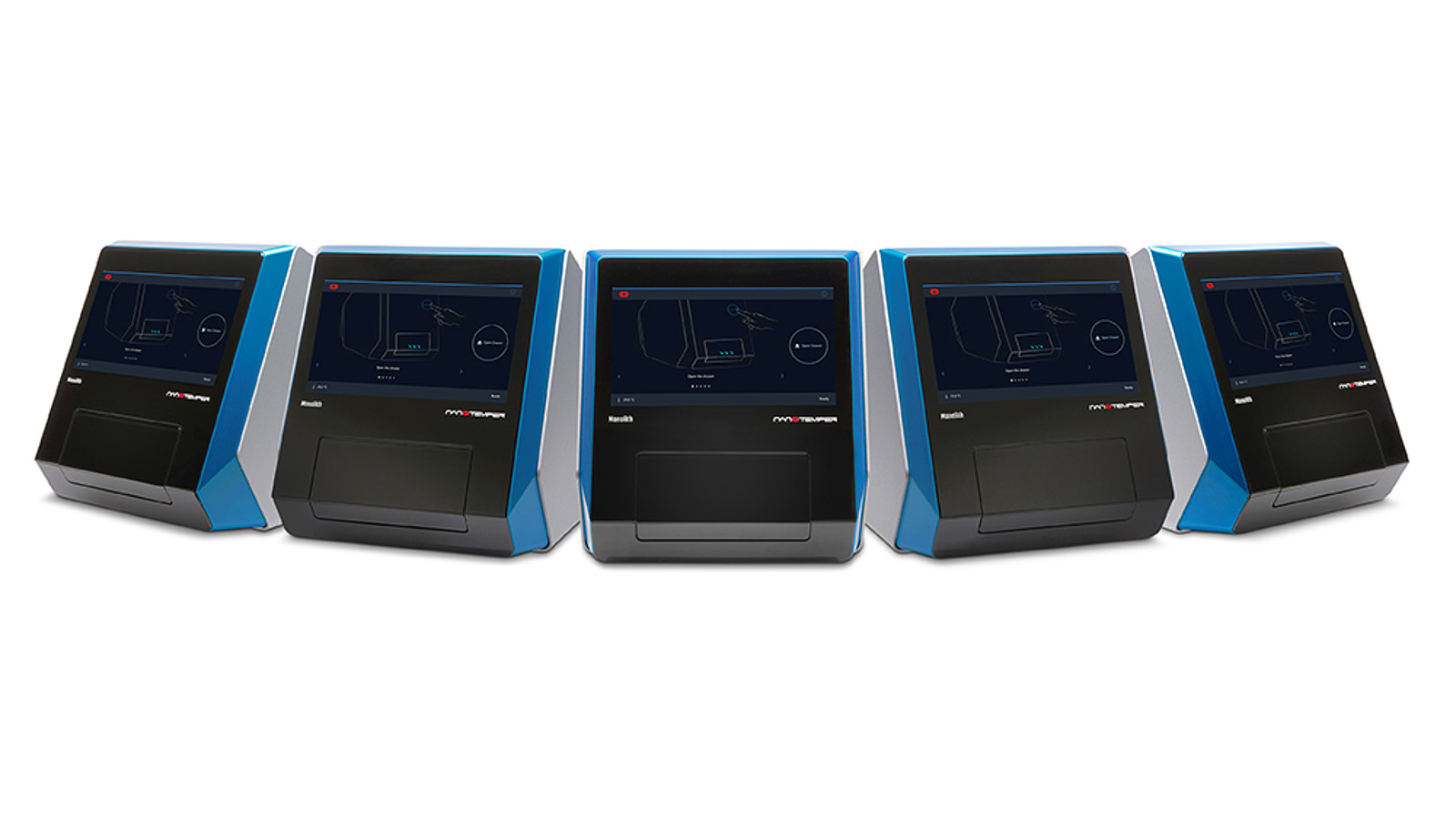
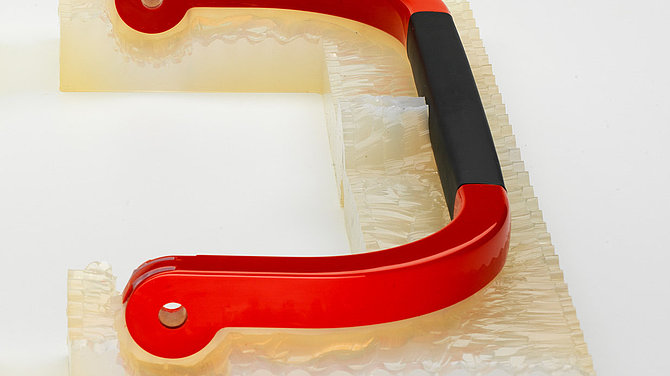

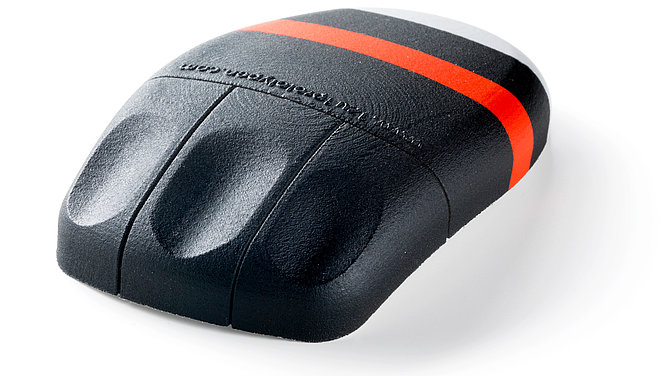
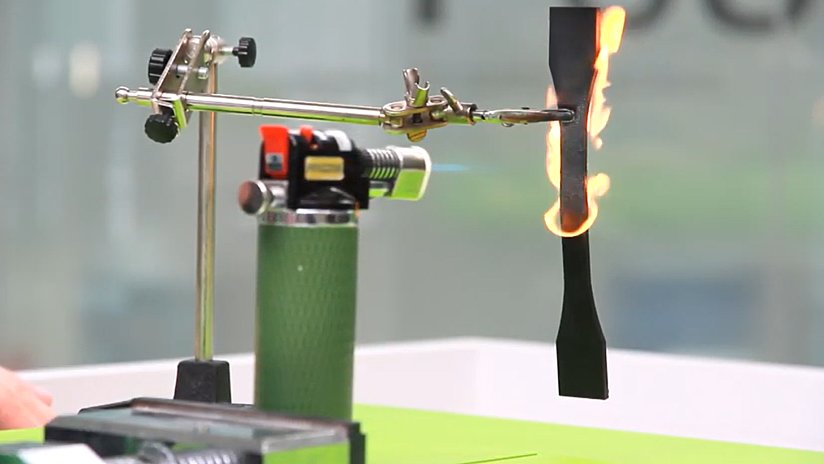
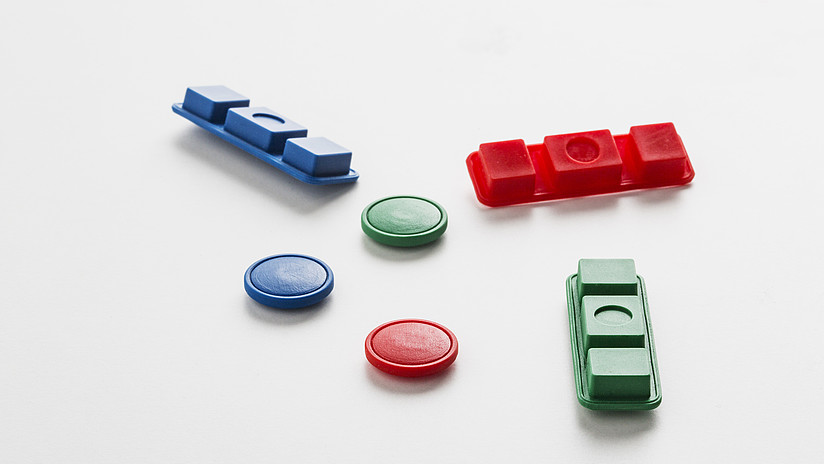
![[Translate to English:] [Translate to English:]](/fileadmin/_processed_/a/c/csm_buehler_multitherm_1200x800_1efe509fe9.jpg)